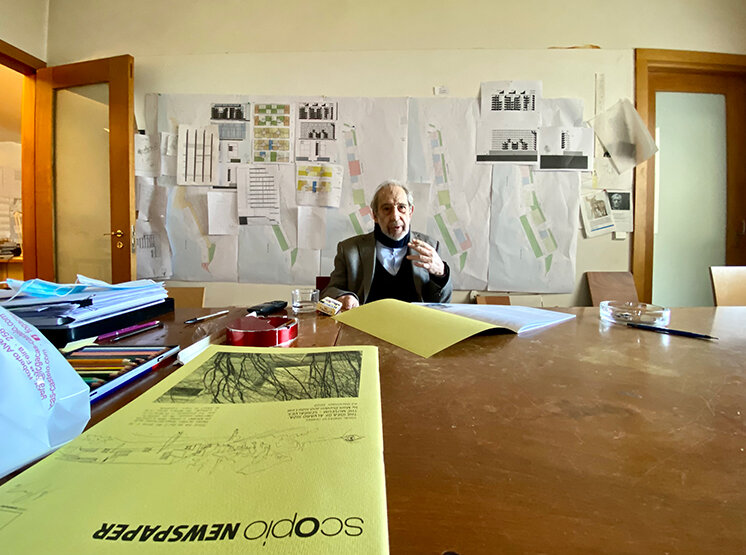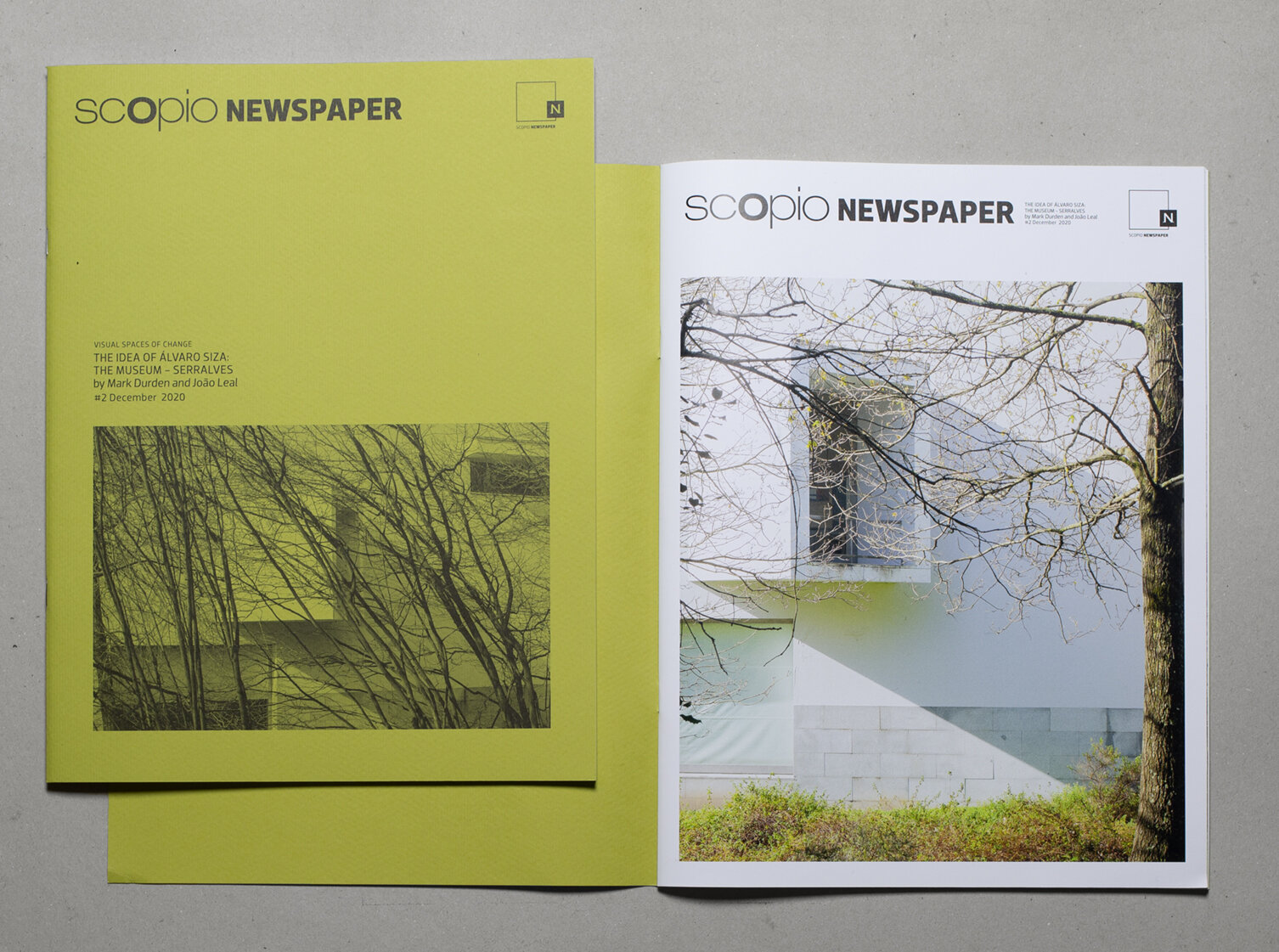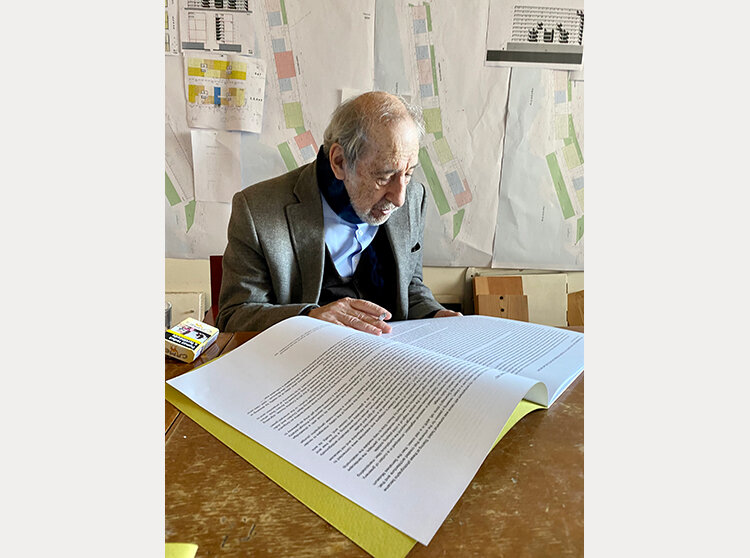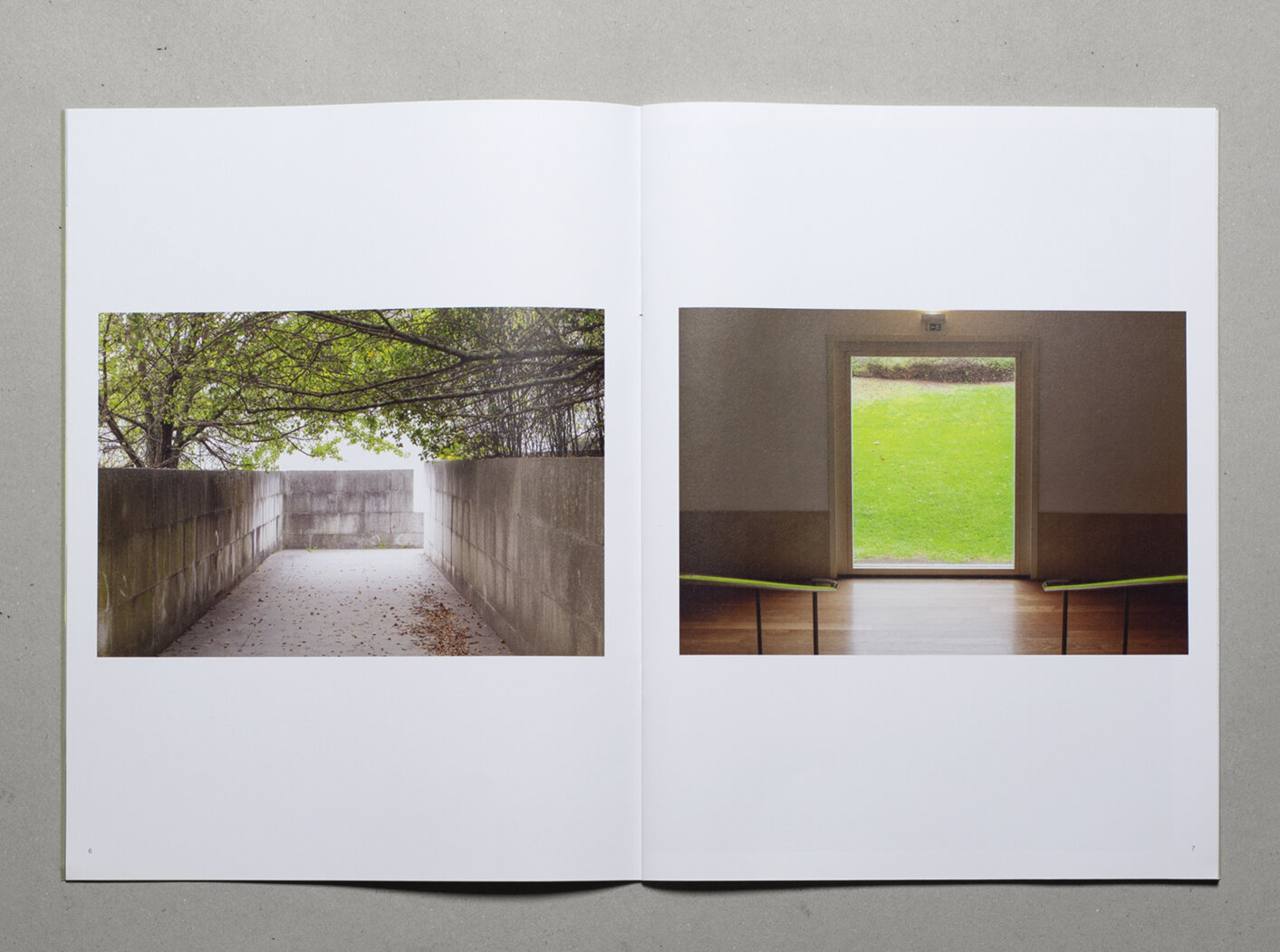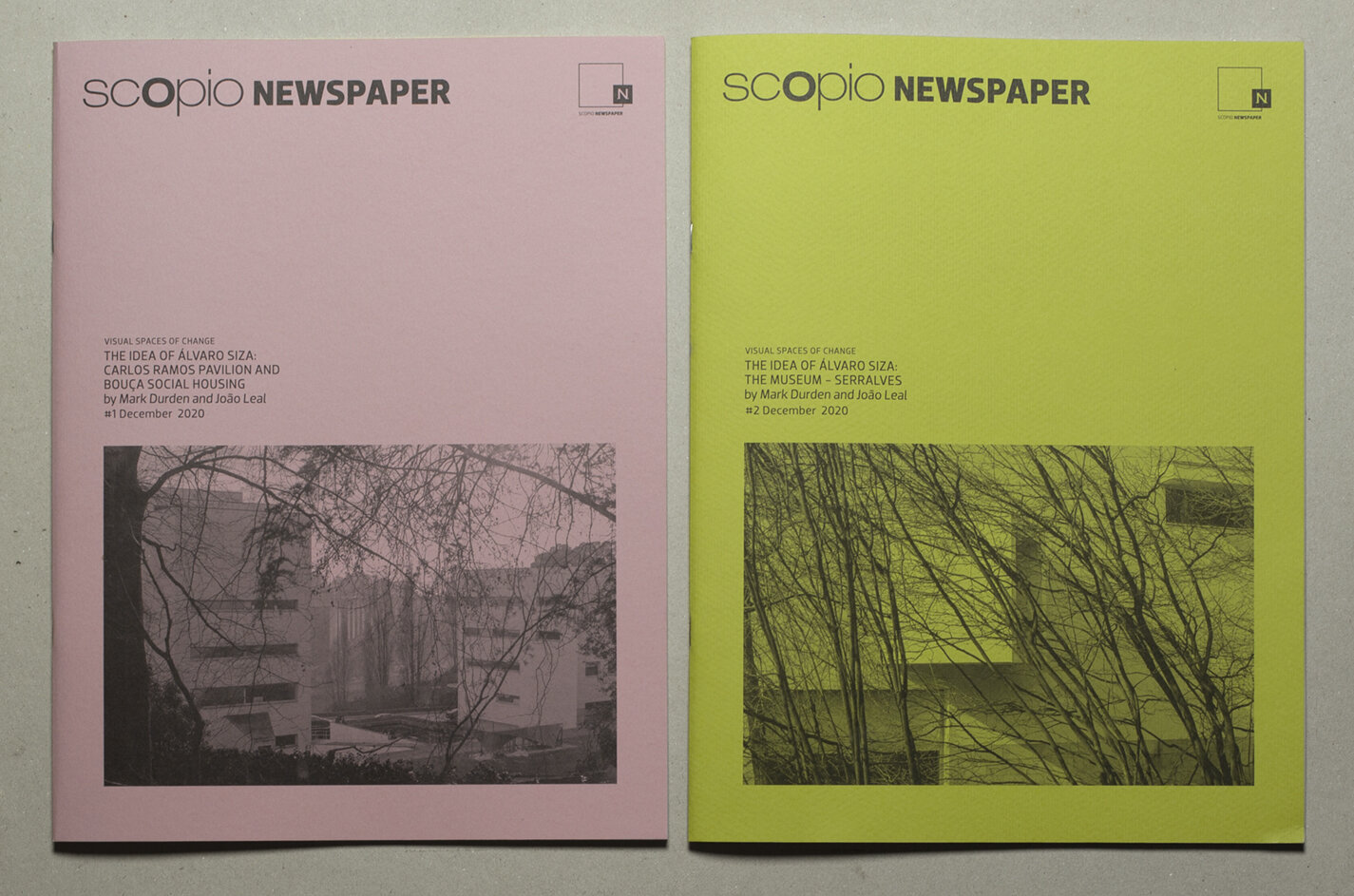Launching soon | Lançamento e apresentação da publicação para breve
THE IDEA OF ÁLVARO SIZA: THE MUSEUM - SERRALVES by Mark Durden and João Leal
Editorial and Advisory Board
Architecture, Art and Image (AAI) research group Faculdade de Arquitectura da Universidade do Porto
ISBN: 978-989-54878-2-0
ISSN: 2183-6906
Critical essays
“Des Yeux Qui Ne Voint Pas”
by António Choupina
I must confess that – due to a broken foot – my enchantment with nature was somewhat faded. Staring at these photographs became an almost cathartic experience, serenity washing over in a dream, renewing a passion for the universe that created architecture and that, in turn, is recreated by it. If the Boa Nova Tea House were like Saramago’s stone raft, adrift in a vast ocean, then the Serralves Museum would be like one of Cesário Verde’s bucolic poems, bathed in idyllic foliage. From the very first page, one discovers the building romantically dressed in seasonal vegetation, enveloped in a curtain of greenery, which drapes leaves as floating water lilies and droplets of rain. Distant windows seem to emerge beyond the sumptuous filter, manipulating a type of picturesque nostalgia: the primitive longing for a Garden of Eden or the simple magic of a child playing outside. Having planted an oak tree in Serralves, this interpretation might be biased by my own boyish recollections or, perhaps, the landscape architect was just prone to episodes of refined apophenia. João Gomes da Silva was invited by Álvaro Siza to help mediate the relationship with Jacques Gréber’s 1932 designs, supposedly inspired by the geometries of Versailles. When Siza’s Alhambra project was exhibited here, in 2017, I pointed out that Gréber’s octagons and waterlines were connected to Granada – like those of Luis Barragán or Louis Kahn. In fact, all of Serralves can be viewed as a modern-day Alhambra and not because of its embellished gardens, protected by a stone wall, but because of its sequencing of spaces, of light and shade.
(...)
"The phonomenology and identity of the bond between architecture and nature"
by Pedro Leão Neto
Mark Durden and João Leal’s photography series at the Serralves Museum of Contemporary Art constitute an aesthetic endeavour that reveals some of the Siza’s most significant traits. The Serralves is an architecture that affords a home to other arts, often allowing the exhibited art to be displayed in oneness with the place and not presented as isolated artefacts, as occurs, for example, with Pedro Cabrita Reis’s sculptures, which have established a strong connection with the exhibition spaces. Mark and João’s series create a visual narrative that brings together Serralves’ abstraction and poetics, as well as underscoring the significant relationship that the museum creates with the natural surroundings of the park1. Álvaro Siza has explained that the museum’s vision required him to create a design with the least possible impact on the surrounding urban setting and to avoid disrupting the gardens of the park and the Villa.
(...)

